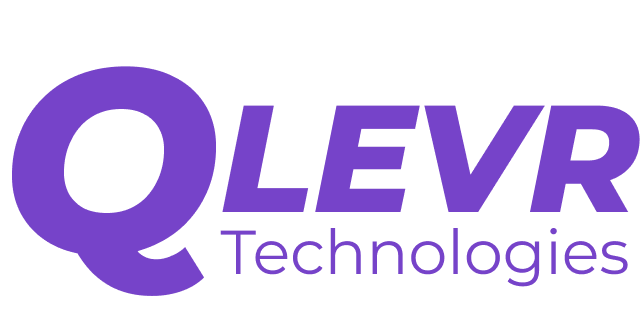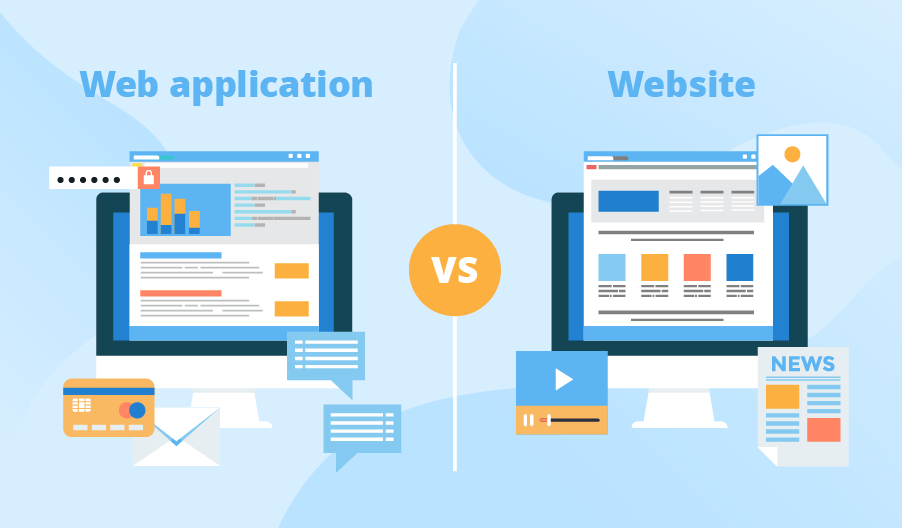In today’s digital landscape, the terms “website” and “web app” are often used interchangeably, yet they represent fundamentally different tools. While both are accessed via a web browser, understanding their distinctions is crucial for anyone looking to establish an online presence or build a digital solution.
So, what separates a website from a web application? Let’s break it down.
What is a Website?
At its core, a website is a collection of static or dynamic web pages, typically designed to provide information. Think of it as a digital brochure, a company profile, a blog, or an online magazine.
Key characteristics of a website include:
- Primary Purpose: To display information.
- Interaction Level: Generally low. Users primarily consume content by reading text, viewing images, and watching videos.
- Data Handling: Often serves pre-defined content. While dynamic websites (e.g., WordPress blogs) can pull content from a database, the user’s interaction usually doesn’t involve generating or manipulating data within the site’s core functionality.
- Complexity: Can range from simple, single-page sites to complex multi-page platforms, but their primary function remains content delivery.
- Examples: Company landing pages, online portfolios, news sites, blogs, informational government sites.
What is a Web Application?
A web application (web app), on the other hand, is a software program that runs on a web server and is accessed by users through a web browser. Unlike traditional websites, web apps are highly interactive and designed for user engagement and dynamic data manipulation. They allow users to perform tasks, create content, manage data, and interact with the system.
Key characteristics of a web application include:
- Primary Purpose: To enable user interaction and perform specific functions or tasks.
- Interaction Level: High. Users actively input data, retrieve information based on queries, process transactions, or manage personalized content.
- Data Handling: Extremely dynamic. Web apps constantly process user inputs, update databases, and present personalized content or results based on interactions. They often involve user accounts, logins, and personalized dashboards.
- Complexity: Generally much higher than a traditional website due to the intricate logic, user management, and data processing involved.
Examples: Online banking portals, e-commerce stores (like Amazon), social media platforms (like Facebook, X/Twitter), project management tools (like Trello, Asana), email services (like Gmail), online document editors (like Google Docs).
Key Differences at a Glance
When to Choose Which?
The choice between a website and a web app depends entirely on your objectives:
- Choose a Website if:
- Your primary goal is to share information about your business, products, or services.
- You need an online presence for branding, contact information, or basic content delivery.
- User interaction is minimal, mainly consisting of reading or form submissions.
- You require a cost-effective and relatively quick launch.
- Choose a Web Application if:
- You need users to perform specific tasks, manage accounts, or process transactions.
- Your solution requires significant user input, data manipulation, and personalized experiences.
- You’re building a tool or service that involves complex logic and dynamic interactions.
- Scalability for user-generated content and high functionality is critical.
Conclusion
While both websites and web applications operate within the browser, their fundamental purposes diverge significantly. A website serves as a digital publication, while a web app functions as a sophisticated, interactive software tool. Understanding this distinction is the first step in defining your digital strategy and building the right solution to meet your brand’s ambitious goals.
Whether you need a compelling online presence or a powerful interactive tool, recognizing these differences will guide you in making informed decisions about your digital future.
















